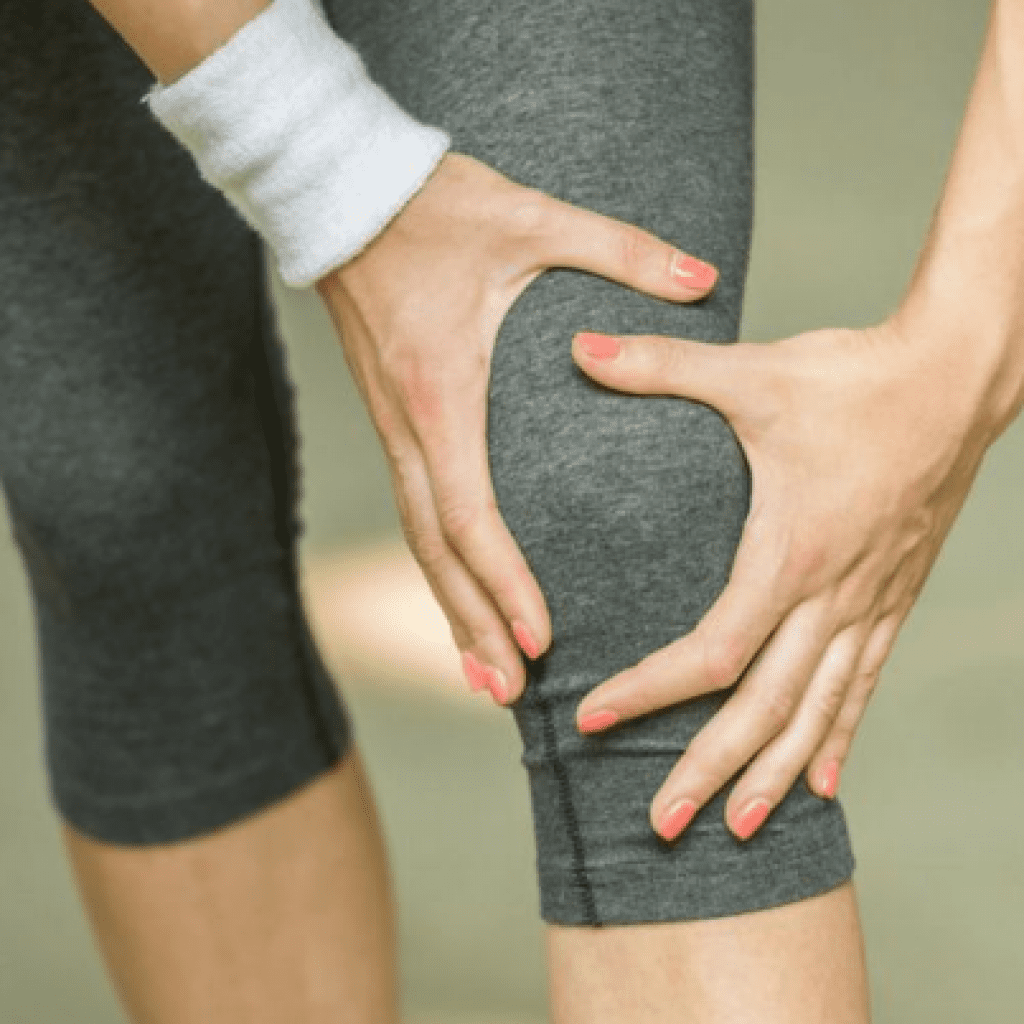How Physical Therapy Can Correct Knee Injury
Dr. Christopher Powers
Knee injuries are the most common injuries we see in the Sports Medicine Center for Young Athletes atUCSF Benioff Children’s Hospital.
Our physical therapists will focus on the joints and muscles above and below the knee to get to the root cause of why the injury occurred.
Recently, our Oakland campus hosted Dr. Christopher Powers, PhD, PT, FACSM, FAPTA, to present on the “Functional Biomechanics of the Lower Quarter: Implications for Movement Dysfunction and Musculoskeletal Injury.”
Sports specific movement, mechanics
Dr. Powers’ research focused on the sports specific movement patterns that are associated with many foot, knee and ankle injuries. His research reveals that these lower body injuries are a result of poor movement mechanics.
Physical therapists are experts in understanding movement and correcting these mechanics.
Faulty mechanics of the lower quarter are more likely to occur in girls and women due to their bony anatomy and pelvis.
Males can also have knee pain, but may not be as susceptible as females. Based on evidence, females use a knee strategy which can lead to overuse of the quadriceps muscles, whereas males tend to use a hip strategy where they use their gluteals and are less likely to have knee pain.
What is the difference between a knee strategy and a hip strategy?
Knee strategy = Decreased gluteal activation = Increased knee pain/injuries
Knees come forward over toes
Knees move towards each other
Decrease forward trunk lean
Hips over ankles
Hip strategy = Increased gluteal activation = hip, pelvis, trunk stability with active shock absorption
Knees stay behind toes
Knees stay aligned over the ankles
Forward trunk lean
Hips moving back like sitting in a chair
CASE SCENARIO:
To help understand how a physical therapy rehabilitation program can correct for a patient presenting with a knee injury diagnosis and who demonstrates a knee strategy when squatting.
A 15-year-old female soccer athlete with knee pain comes with her family for a new patient evaluation.
The physical therapist will meet with the patient and family and take a background history, perform a biomechanical assessment, perform a clinical exam of the joints and muscles and come to a conclusion with the primary biomechanical (movement dysfunction) limitation causing the symptom of pain.
From there, the physical therapist will develop a treatment plan.
The best way to understand why the athlete got injured is by analyzing their movement patterns. It is also the best way to prevent the likelihood of getting re-injured.
To focus on how a young athlete goes through movement tests, the physical therapist will perform a biomechanical assessment.
This means that they will observe how the patient moves and what their preferred patterns are. Some of the observed movements could be walking, double-leg squats, single-leg squats, running, step-down or a jump drop.
When observing these movements, the physical therapist is seeing if the patient is using a knee strategy or hip strategy.
The clinician will also do a clinical exam of the lower quarter to assess strength and range of motion of the knee, hip and ankle.
The clinician may send the patient to have motion analysis completed at our Walnut Creek location.
Force plates are instruments that measure the ground reaction forces generated by a body standing on or moving across them, to quantify balance, gait and other parameters of biomechanics.
Motion analysis uses force plates, cameras and special software to analyze angles, strength and shock absorption to assist with the assessment of this patient’s biomechanics.
Once the biomechanical limitations are found, neuromuscular re-education, strengthening and stretching are used to retrain the body and brain on how to move again.
Relearning how to move is difficult, but our physical therapists can help an athlete return with a significantly decreased risk for injury
[bsa_pro_ad_space id=3]

